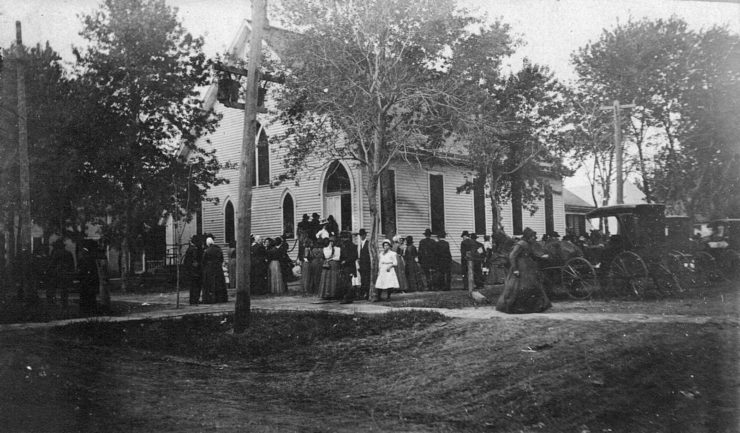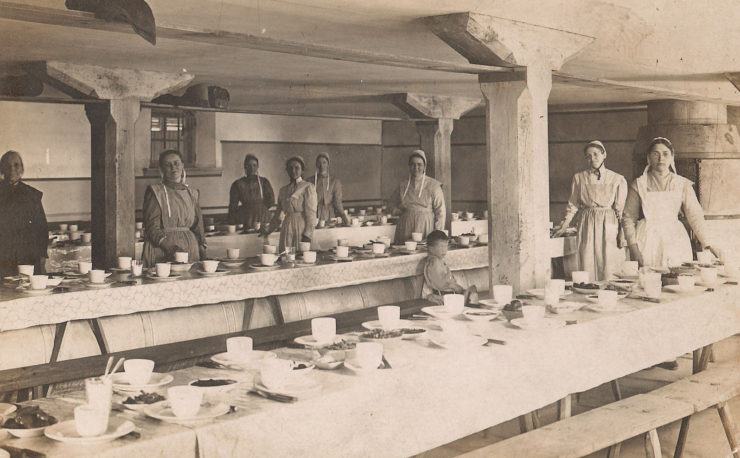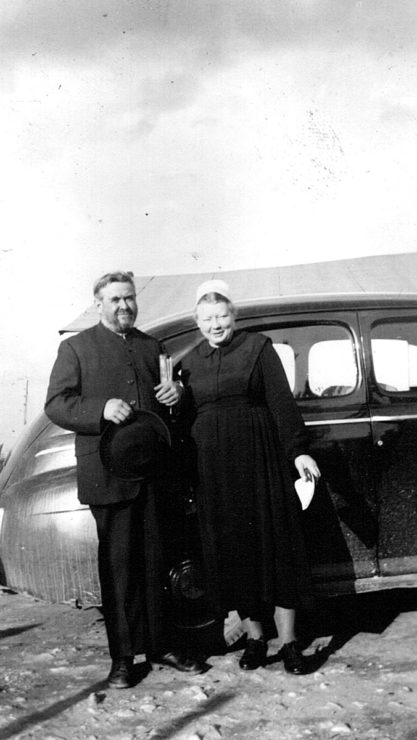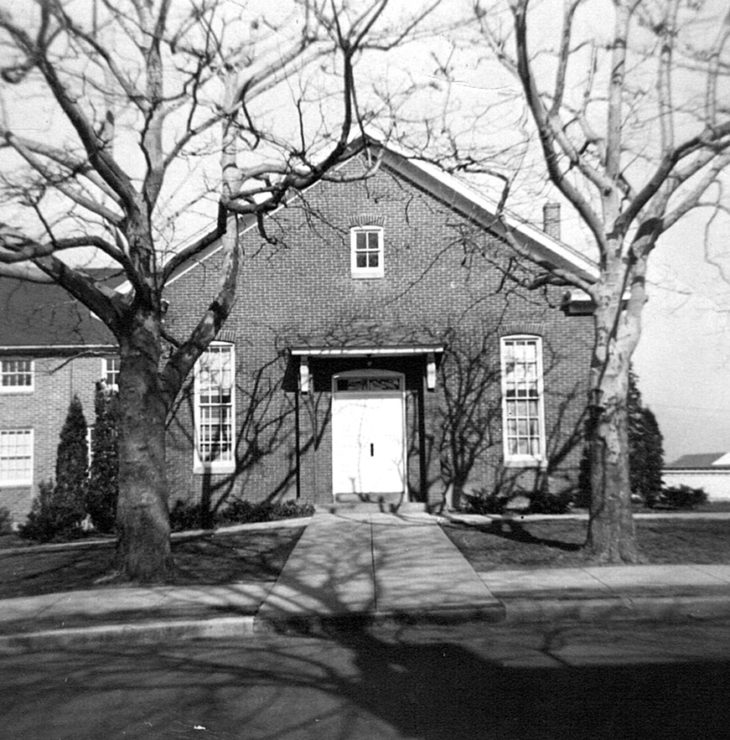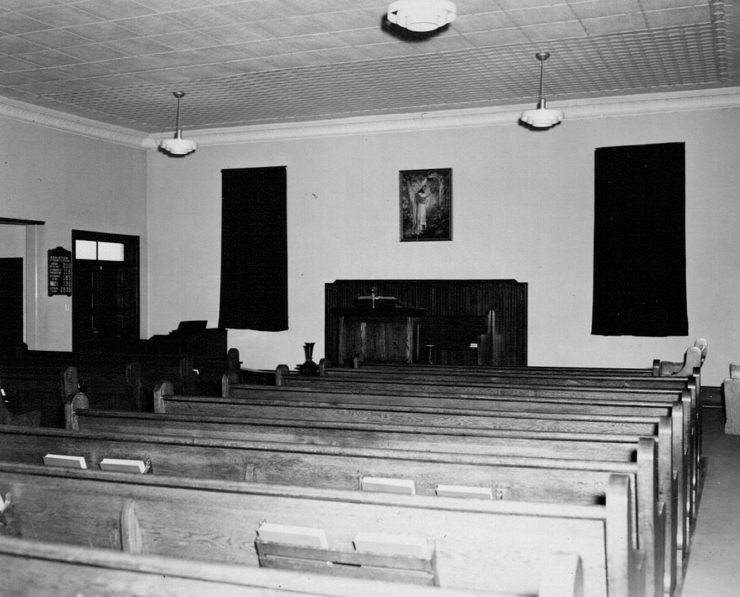For a small denomination, considerable research and writing on the Brethren in Christ has been done since the mid 1900s. Asa Climenhaga’s History of the Brethren in Christ appeared in 1942, followed by Carlton O. Wittlinger’s Quest for Piety and Obedience in 1978. In the latter year, the Brethren in Christ Historical Society published the first issue of its journal, Brethren in Christ History and Life. Since then we have witnessed an outpouring of biographies and autobiographies, regional and institutional histories, and more. A proof of this productivity may be seen in the many books about our church on shelves in the archives at Messiah University.
Given this volume of publication, what remains to be written? Plenty, I respond. What follows are some subjects that invite our attention. Some subjects would expand work already done; some would explore new areas.
A relatively unexplored area is marriage. The subject is somewhat sociological in nature, which may help to explain the lack of attention it has received: Brethren in Christ writers of our history are historians, not sociologists. The subject invokes a series of questions to explore: What were dating practices? How and where were weddings conducted? If those to be wedded belonged to different denominations, what factors determined to what group the newly wedded would belong? How and why did marriage concepts and practices change over the years? Such lines of search could be multiplied.
Similarly with writing about families. For example, how prevalent was family worship, what were its features, and how uniform were those features throughout the church? What family leadership patterns prevailed? (Did the father/husband make all the decisions for the family?) How did families relate to the church? What contributions did they make? (Some years ago I was fascinated by a presentation made by Mennonite historian Robert Kreider in which he traced one family’s involvement with the church over several generations.)
We have been well served by many biographies and autobiographies. Many more lives should be explored. A list of those now deceased could include Ross and Roxena Nigh, Wilmer and Velma Heisey, Asa and Anna Climenhaga, Charles and Mary Eshelman, Anna Engle, Henry H. and Grace Brubaker, Lester Fretz, Peter and Mary Willms, Henry and Katie Smith, Ray Hostetter. Some biographies already written could be expanded, such as some of those in Celebrating Women’s Stories.
Limited space necessitates only listing other possible subjects:
- The contribution of our church schools to church life;
- The influence of occupation and occupational change on our church life—past
- and present;
- Major studies of individual congregations;
- History, nature and influence of such activities as love feasts, Bible conferences, congregational council meetings, and General Conferences;
- A comprehensive description and evaluation of church literature, including the Evangelical Visitor, Sunday School Herald, Sunbeams, Shalom!, biographies and autobiographies, and the Historical Society’s journal;
- Church relationships with those outside the group, such as religious organizations, other denominations, the local community, seminaries;
- Brethren in Christ involvement in such service industries as health and education.
Of course, more subjects could be added to this list. I hope these suggestions will help to inspire a continuing search for a meaningful past and present.
Editor’s note: My thanks to Morris Sider for providing this rich listing of possible subjects for more historical research and writing. If the list inspires additional ideas for research, or if it inspires you to begin your own research and writing into some aspect of Brethren in Christ history that interests you, please contact me.
 June 5 is Pentecost Sunday, so we are focusing the service on the work of the Holy Spirit in our lives. We are pleased to announce that Brother Robert Douglass will be our speaker. He is the pastor of the Dillsburg Brethren in Christ Church, Dillsburg, PA. He will examine the development of our understanding of the work of the Spirit in our lives as Brethren in Christ and its meaning for us today. We look forward to a significant service in song, prayer, and the Word.
June 5 is Pentecost Sunday, so we are focusing the service on the work of the Holy Spirit in our lives. We are pleased to announce that Brother Robert Douglass will be our speaker. He is the pastor of the Dillsburg Brethren in Christ Church, Dillsburg, PA. He will examine the development of our understanding of the work of the Spirit in our lives as Brethren in Christ and its meaning for us today. We look forward to a significant service in song, prayer, and the Word.

